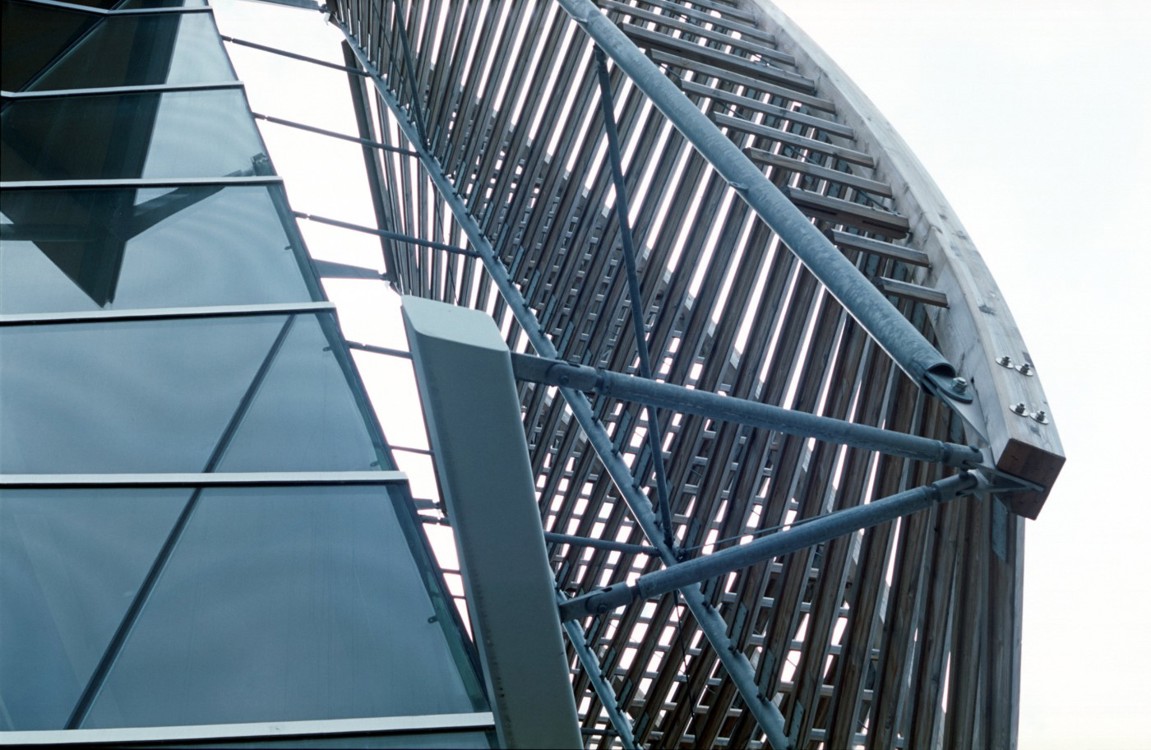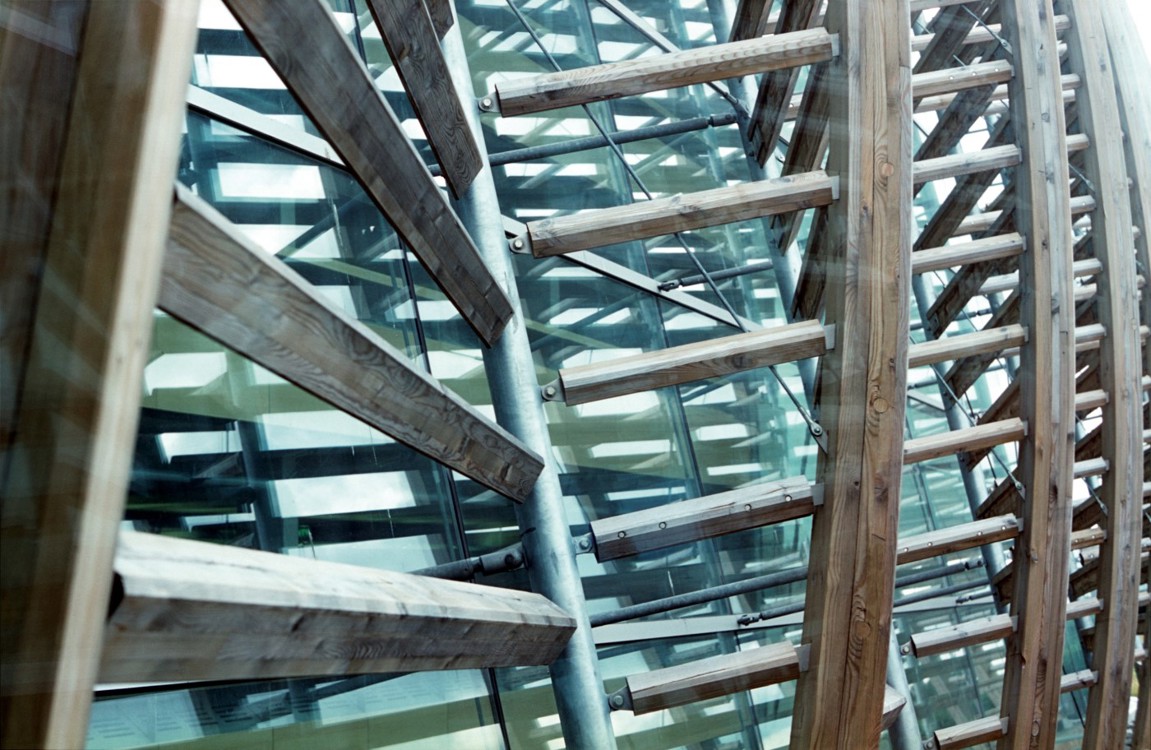SAMPLES
 Receive your sample
Receive your sample
 Receive your sample
Receive your sample
 Know more
Know more
 Read now
Read now
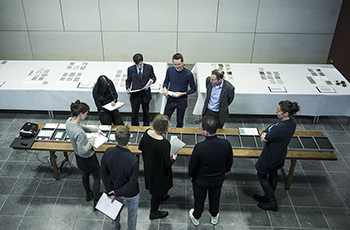 Request a CPD
Request a CPD
 Find out more
Find out more
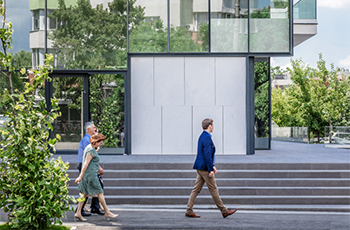 Contact us
Contact us
 Watch now
Watch now
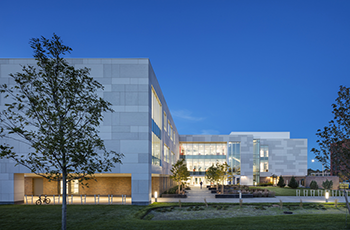 Know more
Know more
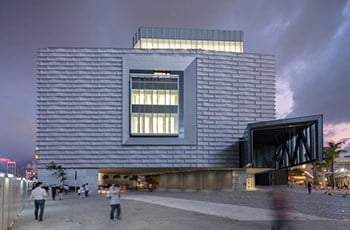 Know more
Know more
Limerick City and County Council Dooradoyle, Limerick
Bucholz McEvoy Architects 1998 – 2003
Photographs – copyright Michael Moran Photography, Inc/OTTO Archive LLC (1–5) and Peter Maybury, courtesy of Bucholz McEvoy Architects (6&7)
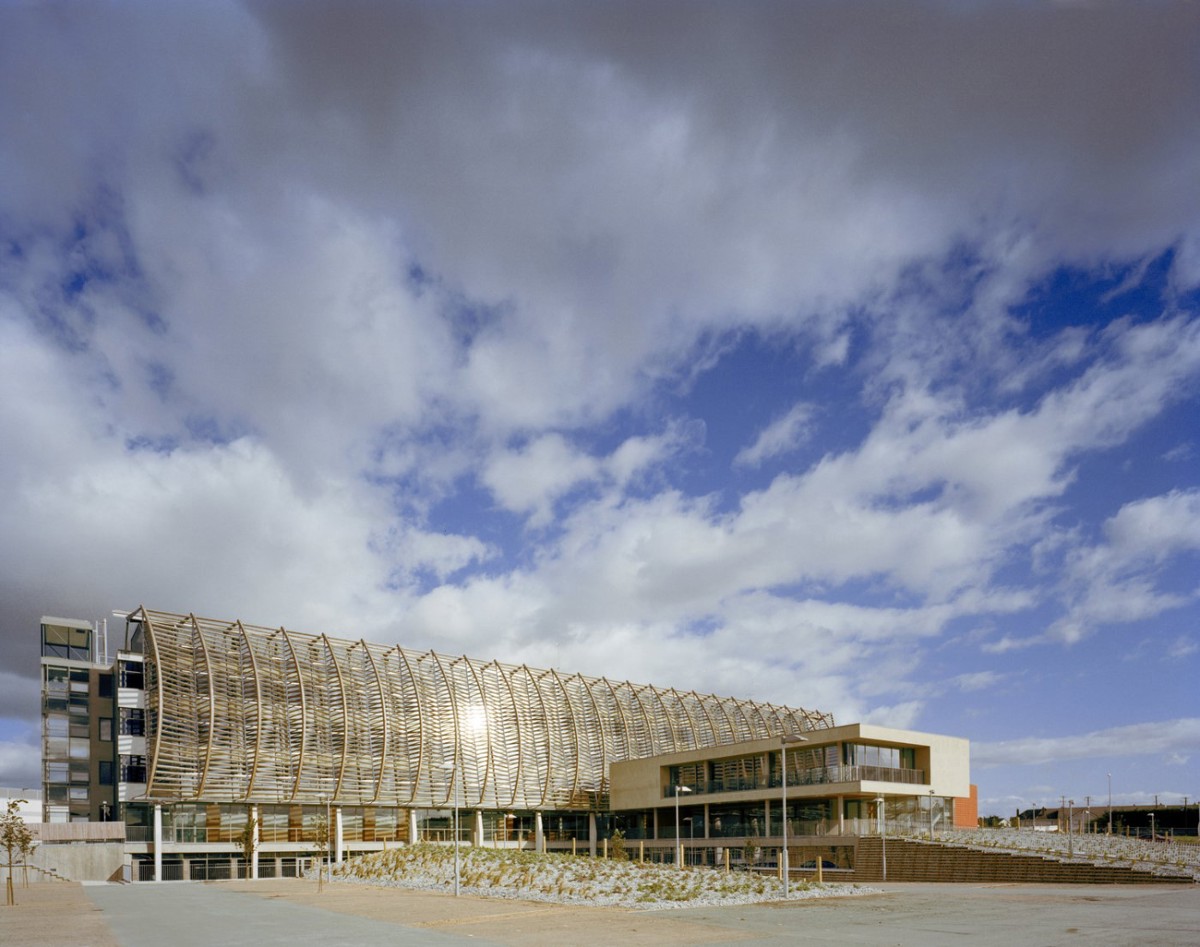
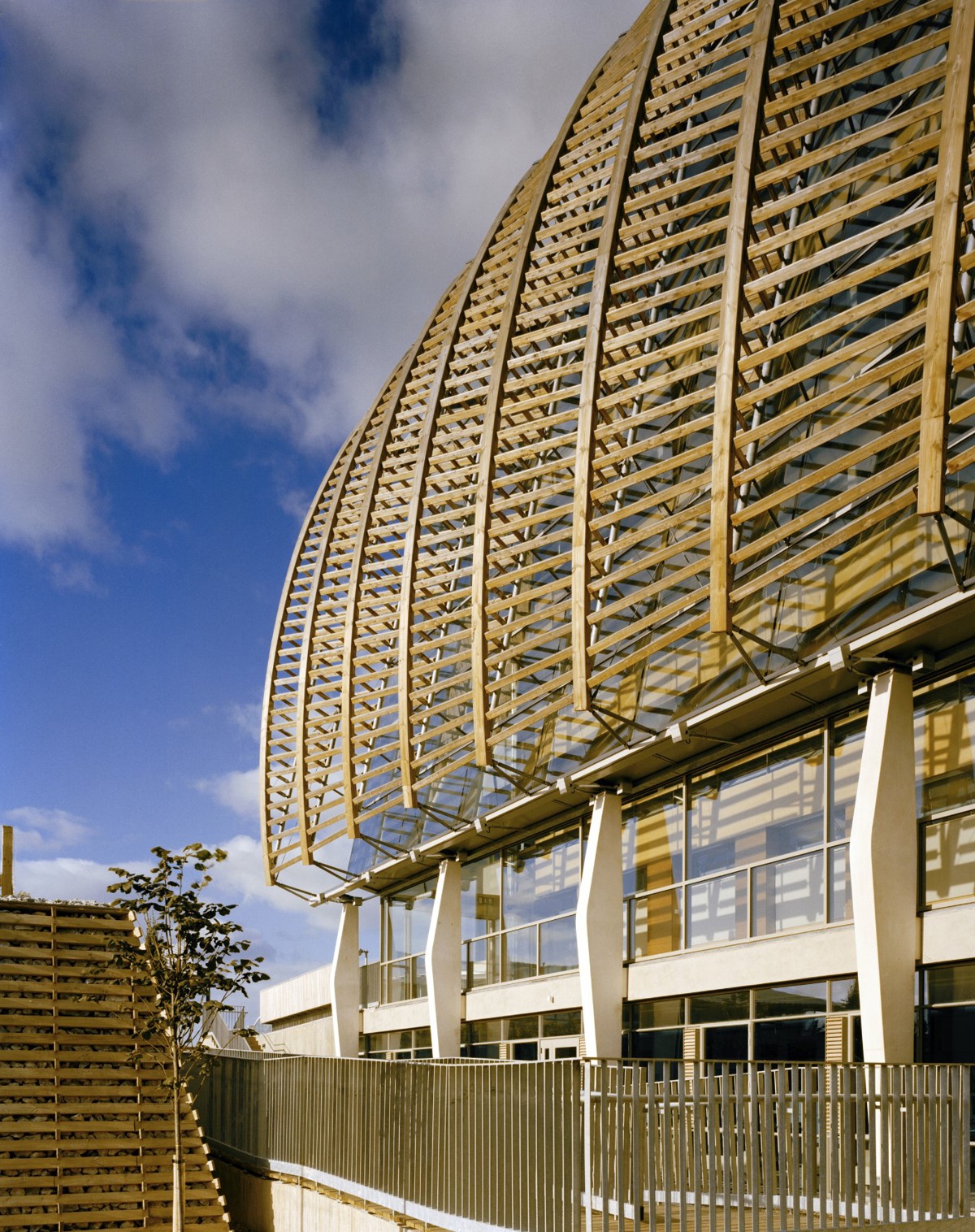
Limerick City and County Council came into operation after the 2014 local elections, merging the two former local authorities in a single administrative entity. The corporate headquarters are based in Merchant’s Quay, Limerick. Built as Limerick County Hall, the former headquarters of the county council at Dooradoyle in the city suburbs remains the site of many local authority operations, including council meetings.
The principal objective of the Civic Offices was to provide an environment that would help achieve the modernising goals of the 1996 national policy for ‘Better Local Government – A Programme for Change’. These included effective delivery of a wider range of public services and improved public accessibility. There were also environmental aims that set high standards in terms of sustainability and energy efficiency to create better working conditions.
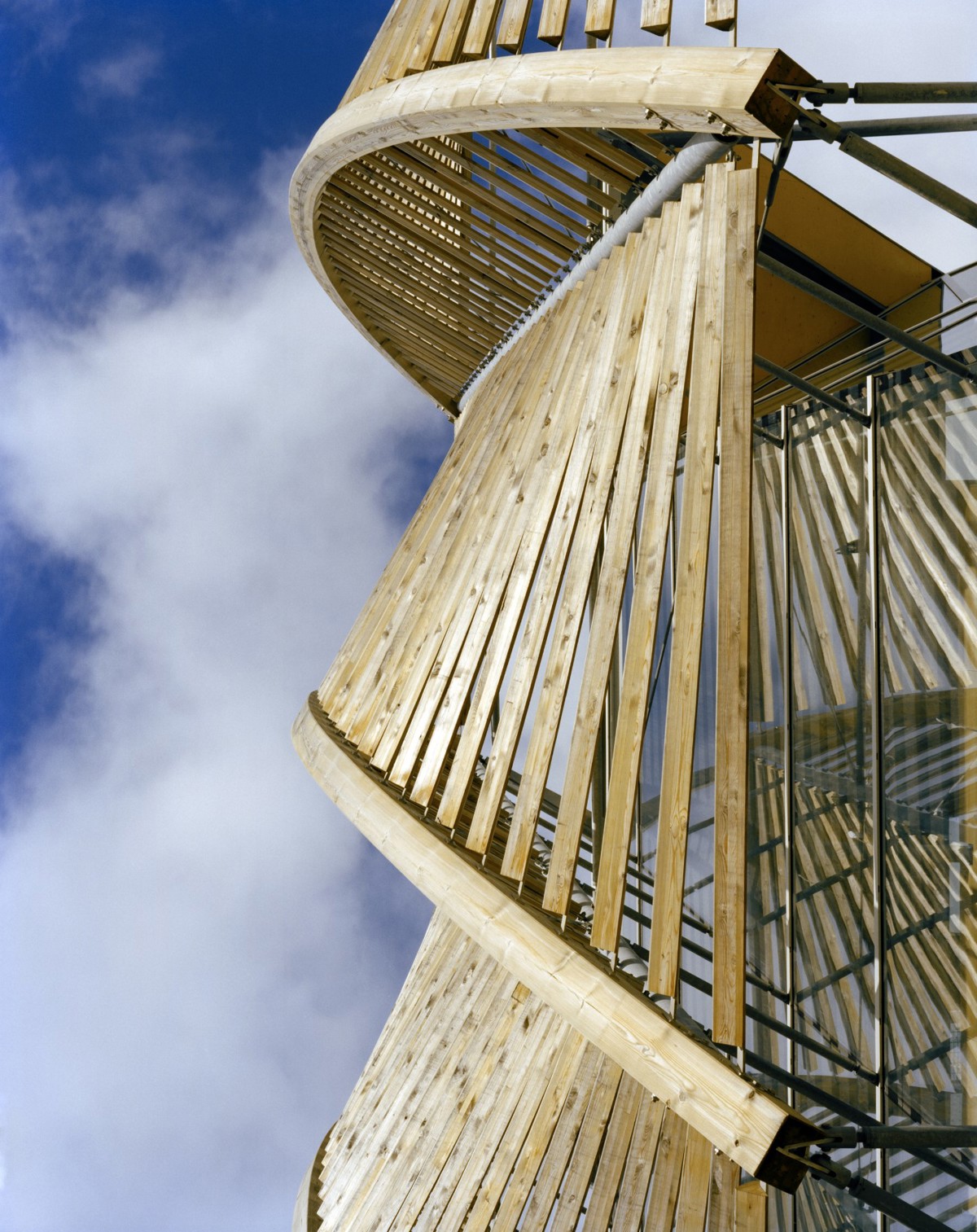
Dooradoyle is a bleak suburban ‘anywhere’. The site faces a busy road and is flanked by the Crescent shopping centre – a vast low pancake of a building. “Our ambition was to make as big a building as possible,” says Merritt Bucholz. The challenge – to create a presence – was more difficult because the former county hall measures less than 7,500 square metres. They set the building back 70 metres from the road and raised it up a little, to be the highest point in the neighbourhood. A two-metre change in level on the site was exploited to sink the car-parking between sloping earthen banks.
An atrium runs the full width of the site – 75 metres – with the council chamber and a restaurant pulled out front in small ‘garden’ pavilions framing the ceremonial entrance. The linear atrium was to link the county hall with the local library and shopping centre at one end and commercial developments that were anticipated at the other – an internal street connecting a neighbourhood of services, both commercial and civic. The scheme is basically a heavy concrete office wing facing northeast, fronted by a lightweight atrium facing southwest. The sculpted concrete ceilings of the offices act as a ‘thermal battery’, absorbing excess heat during the day, while the timber-screened atrium, with its ‘chimney stack’ effect, drives the building’s natural ventilation, all without the use of fans and ducts. Fresh air is let in at the northeast side of the building, moves through the offices to the low pressure zone of the atrium, heats up, rises and is exhausted at roof level. The building doesn’t need cooling.
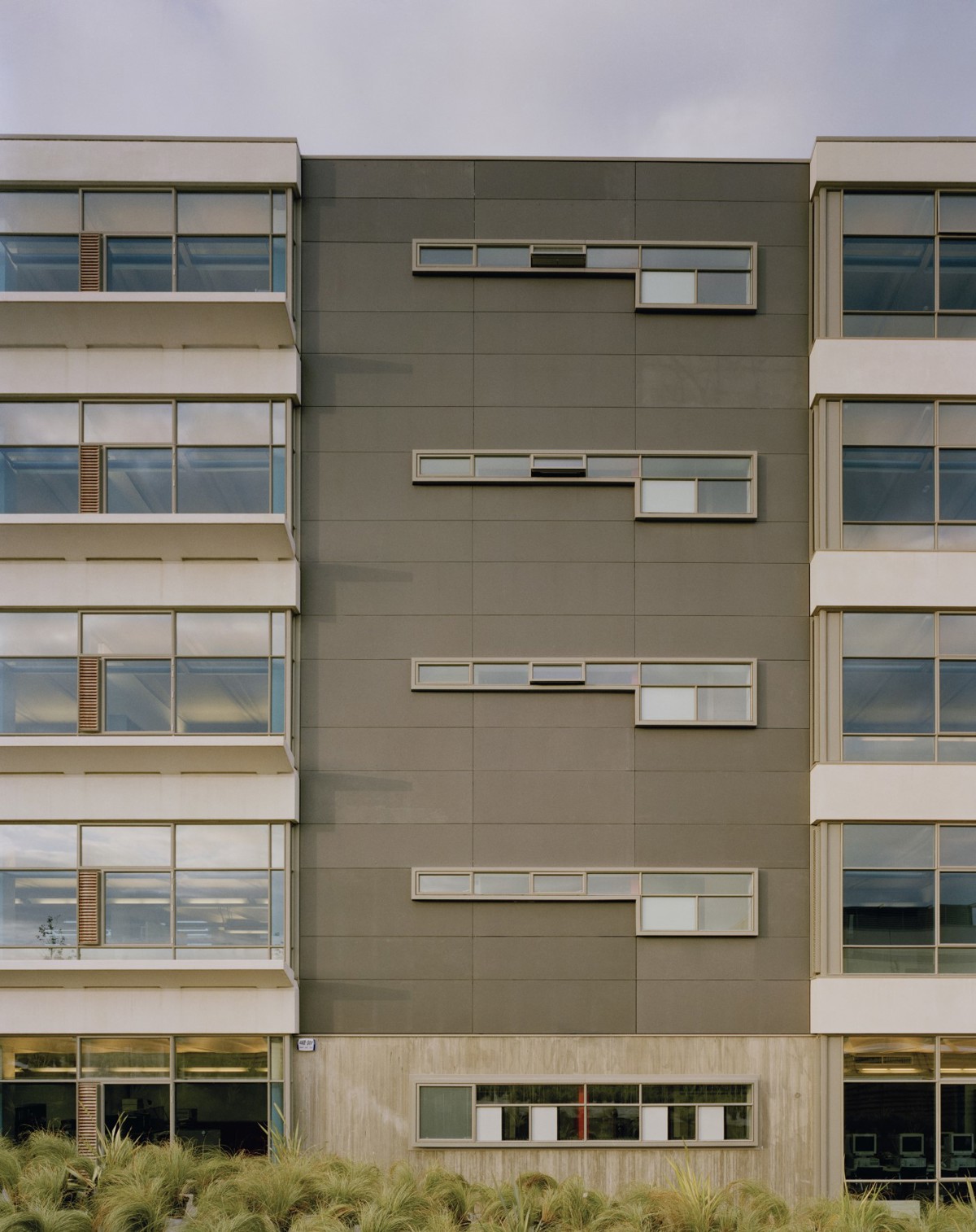
“The atrium is always warmer than the offices, which open on to it,” says Bucholz. “When the external temperature goes above 15 C, the chimney exhaust is activated. Even when it is less than 5 C outside, the atrium can be quite warm – so then it becomes the supply air source. The system really proved itself in 2010,” he says. “When temperatures dropped to below zero for three weeks, the gas boiler also broke down, so there was no heating. The temperature was minus 10 C at night and minus 8 or 9 C during the day, but there was a lot of sunshine. They simply closed the windows and used the sun’s energy to heat the building. The internal temperature never dropped below 18 C. We’re doing a building in Canada right now – for Toronto and Region Conservation – that uses the same idea. Dooradoyle was the first time we did it.”
The Dooradoyle brief called for a 100-year design life. “Most of the materials were chosen because they are extremely hard-wearing,” says Bucholz. “There are EQUITONE fibre cement façade panels on the gables and rear of the building. It’s like rock armour and has suffered from no UV colour degradation.”
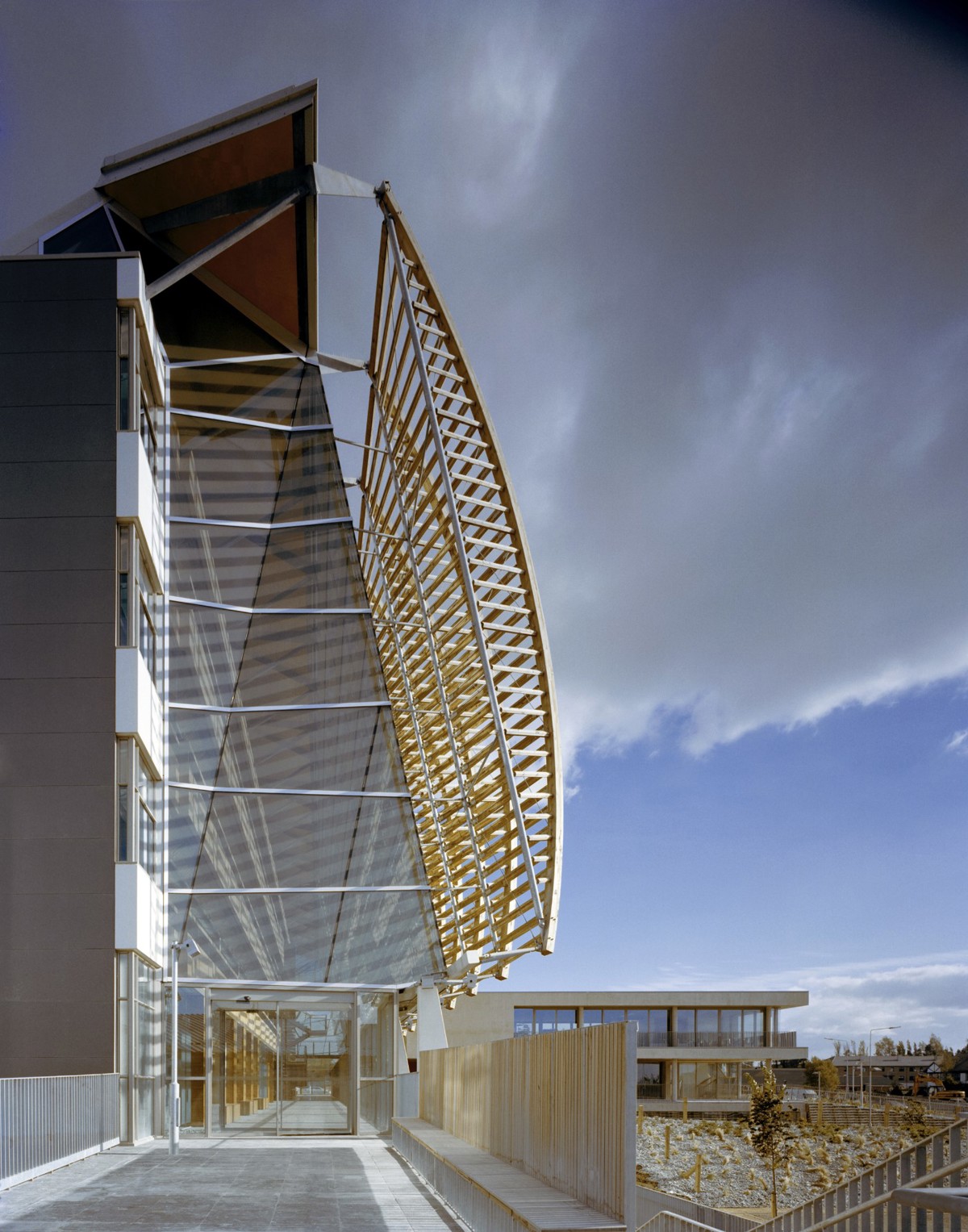
There is a dynamic quality to the brise-soleil that shields the atrium from the heat of the day. When you walk around, it shimmers and responds – as if agitated into movement – taking on different appearances. It’s a herringbone tapestry, a Gothic veil, a pleated Issey Miyake fabric stretched over the building. Elegantly formed in a series of 25 bowed trusses, each 15 metres tall, it is pleated to catch both the high southern rays and low western beams. In the atrium, you only have to move your head. Look up, into the swelling sail of a racing yacht. Look east and you see overlapping slanted lines of dense shading. To the west is a corps de ballet, twisting in sequence to face you, some turned at the waist, others at the ankles. On your way to the council chamber’s public gallery and restaurant you pass beneath the screen, towering like the hull of a ship floating overhead. Looking back from outside, the entire structure dances along sprightly, a lively chorus line balanced atop impossibly slender legs.
Bucholz waxes lyrical about wood, and mentions visiting the stave churches of Norway, many dating from the 12th and 13th centuries: “That’s a very harsh environment but a lot of the original wood is still there. We have a strange perception about how timber performs in our weather. The reality is that wood will last longer than anything but stone. Way better than aluminium or steel. The timber structure here is bullet-proof. You don’t have to maintain it. All the surfaces are angled at 45 degrees. It’s amazing how robust it is when correctly detailed. The timber is glue-laminated, pressure-impregnated Scots pine – a very special wood, but not an exotic one. It will still be there in 100 years,” he says.
